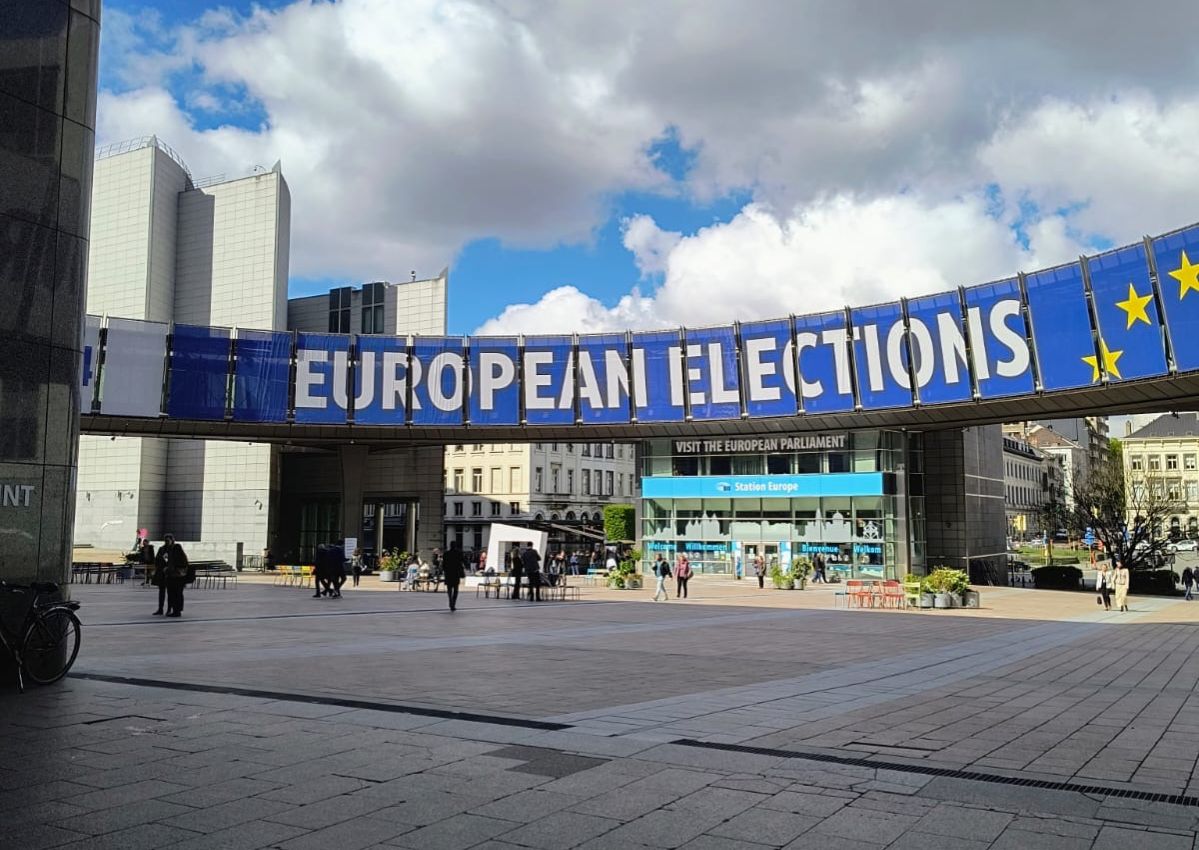The majority that led the European Parliament between 2019 and 2024 holds – albeit weakened – reaching about 400 votes. The good result of the German center-right and the resilience of the European People’s Party (EPP) contributes to increasing the support for the re-election of Ursula Von der Leyen. The Socialists and Democrats (S&D), despite losing a few votes, did not suffer a clear defeat. The voting results in Germany and France are the cause of the expected decline in the group of the European Greens. However their decline was not drastic, thanks to the results in the Netherlands, Nordic countries, and Italy, where green parties are on the rise. Driven by France and Germany, the conservative, populist and nationalist right grows sharply. However, this growth is not enough to drastically overturn the current majority at the EU Parliament. A significant result was also achieved by the governing parties of Poland and Spain, whose leaders – Tusk and Sanchez – can be considered winners along with Italian Prime Minister Giorgia Meloni’s Fratelli d’Italia.
Now it’s time for the upcoming nominations for the top jobs of the European Council and the European Commission. The Heads of State and Government will begin consultations and the power plays to reach consensus on nomination proposals that must find a majority in the European Parliament. The majority might consist in a grand coalition of EPP, S&D, and Renew, which can expand to the right or left depending on the policy under discussion, or test the waters to structurally be widened towards the Greens or the right-wing conservatives of ECR, of which include Fratelli d’Italia. However, the latter option would split the grand coalition. We will see what happens in the upcoming days and weeks.
As for the voting results in Italy, these elections represent a victory for Giorgia Meloni and Fratelli d’Italia, which was confirmed as the most-voted party, with 28.8 per cent of the votes. However, the sum of seats gained by the government parties that were the most skeptical or opposed the Green Deal – that is Fratelli d’Italia and Lega – is 3 seats lower than in 2019. However, Forza Italia, which is part of the government coalition, holds. On the progressive side, Italy gains seats thanks to the growth of the Democratic Party (PD), which becomes the first party of the S&D family, and the Italian Greens and Left. The Five Star Movement’s (M5S) popularity declined, and there is uncertainty about whether the Party will join a European group, and, if it be so, which one. The liberal parties of Stati Uniti d’Europa and Azione did not reach the 4 percent threshold and will not have any seats in the EP. In general, the electoral campaigns that focused more explicitly against the Green Deal, particularly those of Lega and Azione, did not pay off in terms of electoral support.
Looking at vote numbers compared to the 2022 elections in Italy, all government parties, which in several ways questioned the Green Deal in the election campaign, lost votes. The only parties that have gained more votes compared to 2022 are the PD and the Alliance of the Greens and the Left (AVS), which, if combined, obtained more votes than Fratelli d’Italia.
The youth data, which considers voters under-30s in Italy, rewards the progressive field (PD, M5S and AVS), which obtains a majority of 51% and presented the most structured proposals on energy and climate policies. The most significant innovations in the political landscape come from young people. Some of them, who have been leading the Fridays for Future youth movement for years, got votes after running as independent candidates. This has allowed them to end up among the most voted candidates of AVS. After the vote, a petition was opened to support the election of young people in the AVS lists, made possible through a precise territorial choice of list leaders, that now is in the hands of AVS leadership and becomes a choice between the past and the future.
The voters’ turnout stands at 48,30 percent down from 2019 (54.5 percent) and is the lowest ever. Thus, it emerges strongly the unexpressed demands for representation and the collective withdrawal from influencing public policies that will affect everyone’s lives. Considering the specific gains and losses of individual parties, politics in Italy today fails adequately to represent, convince and mobilize critical masses.
Italian Prime Minister Meloni will therefore attend the G7 and the European Council at the end of June from a strong position and will be decisive in the choice of the future European Commission. It remains to be seen which will be her requests concerning issues such as finance, economy, and migration, which are likely to be in the spotlight, and which will be those regarding the roles for Italy in the future Commission. As for the European Green Deal, Meloni and the members of Fratelli d’Italia will have to reflect on what approach to take, considering the increasingly fierce international competition for green technologies and the political consensus that stems from the citizens and businesses’ desirability for the energy transition.
In mid-July, the Parliament will also vote for the candidate of the Commission Presidency proposed by the European Council. In the meantime, the composition of the appointed Parliament and European Commission will be determined. The entire Commission will then be voted on by Parliament by the end of the year, thus concluding the institution-building process and opening the door to a new European legislature.








